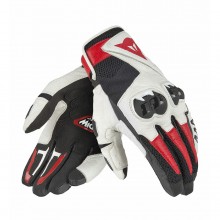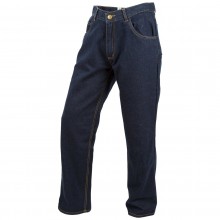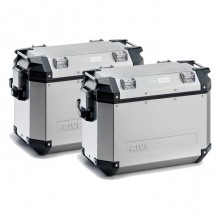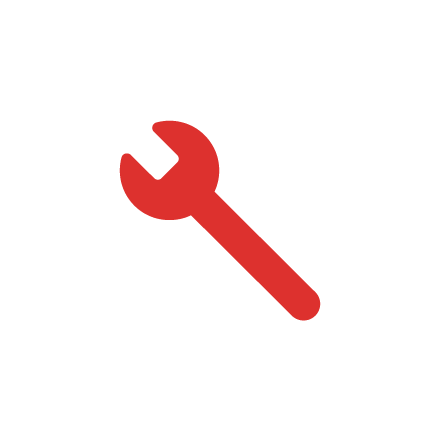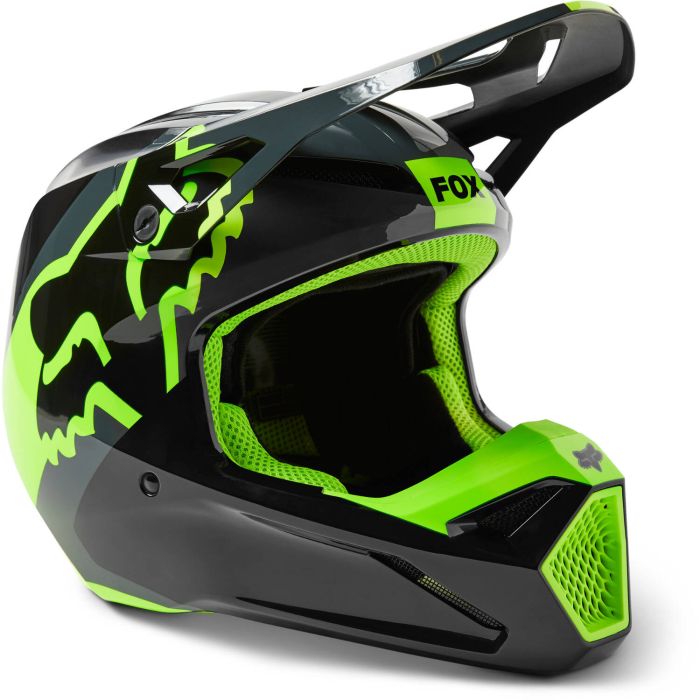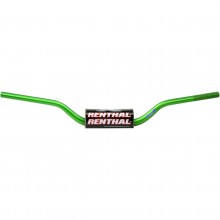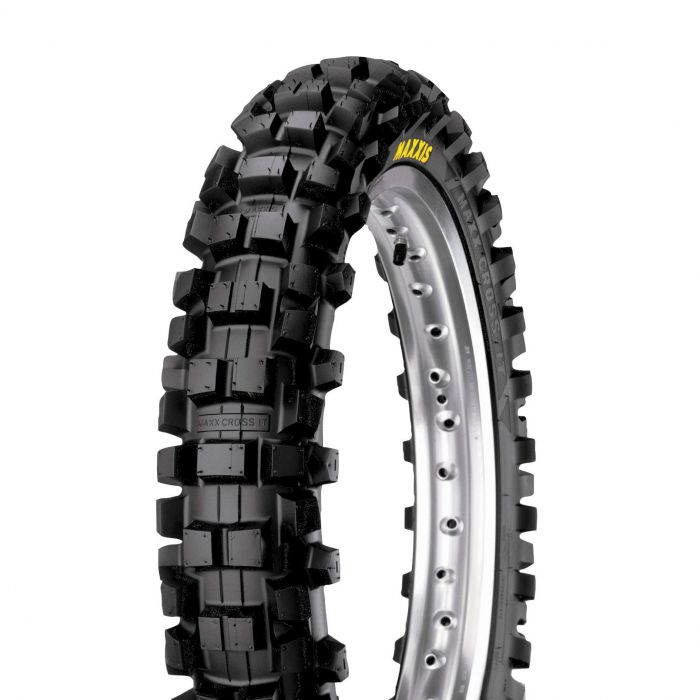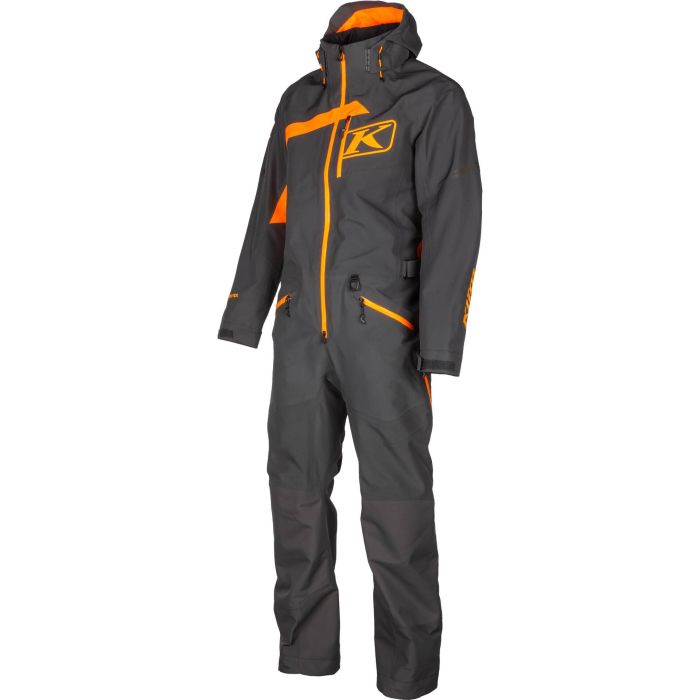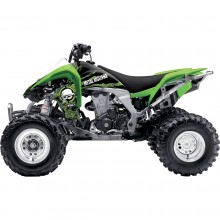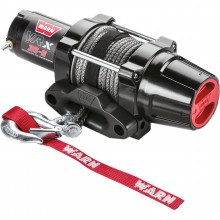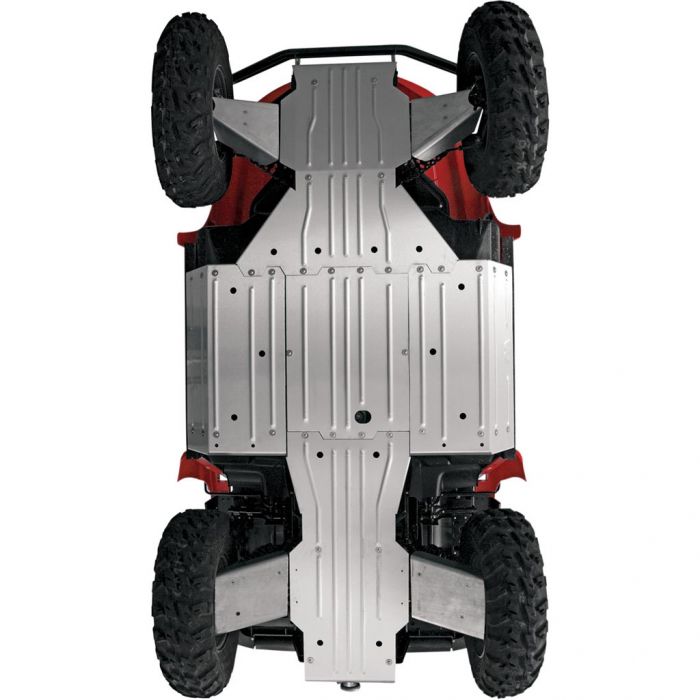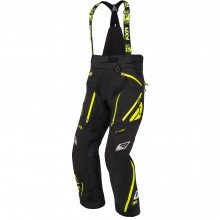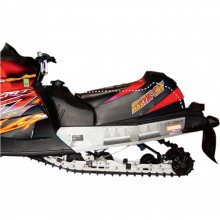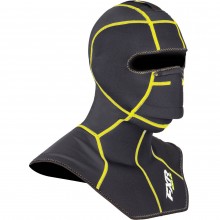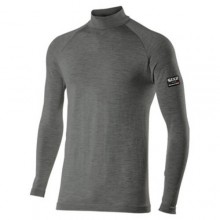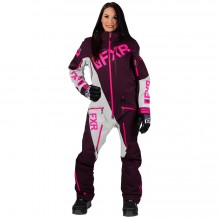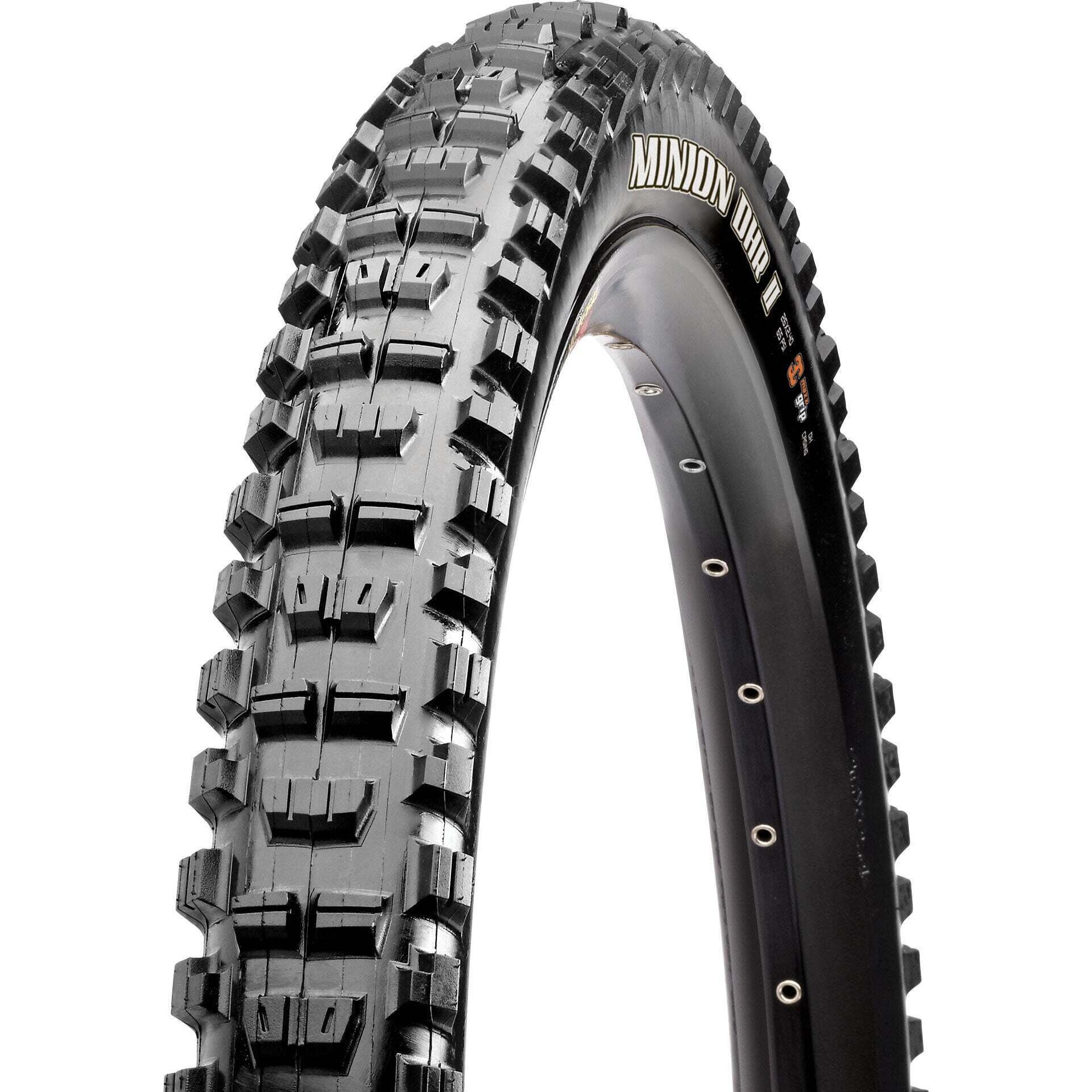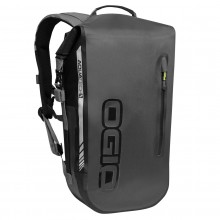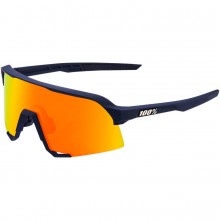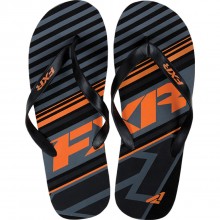Most riders will look to installing aftermarket handlebars for either style or comfort reasons. Some riders may even get a better-looking and more comfortable ride at the same time.
Style
Aftermarket bars are an easy way to turn any bike from just one of the crowd to one in a million. Any set of bars will fit just about any bike, and handlebar mods are generally not particularly expensive or difficult projects to undertake.
Comfort
When motorcycles are designed and built, they are based on generalizations in height and reach. The idea is that one size will fit most, but that doesn’t mean that the fit will be comfortable.
Seat position, tank length and height, reach and lean towards the bars or indeed away from them will dramatically affect the comfort level for a rider, depending on his or her height, posture, arm length and even weight.
Changing handlebars is one of the simplest ways to ensure that long rides are comfortable and enjoyable (the way they’re supposed to be) and not painful and arduous.
Motorcycle riding requires a high level of concentration and focus, both of which can be negatively affected if a long ride becomes painful. This can be dangerous.
Once you’ve decided that a new set of bars is the way to go, the first thing you have to do is select the new bars that you think you would like to put on your ride. There are plenty to choose from. Our list starts neutral and becomes more radical:
Tracker
Fairly neutral and flat, which allows for a great look and fit across just about all styles of motorcycle from sportsters to new triumphs and just about everything in between. Neutral shape favours the likelihood of retaining OEM cables.
Clip-ons
The bars of choice for sport bikes. Two handles that install directly to the fork tubes, sometimes above and other times below the triple tree. Clip-ons are easy to adjust and look great on café racer projects, too.
Moto
The name given to bars most commonly seen on dirt bikes, but will work on other classes too. If you’re riding dirt, then the big thing to play around with as far as bars are concerned is straightness. Some riders prefer bars to be as straight and flat as possible. Others prefer varying degrees of height and curve. As always, rider height and reach will be major determining factors.
Zero Drag
With tall risers, these bars will look awesome on choppers. But again, to illustrate how a particular bar will work across multiple styles, these bars are also tailor made for Sportsters. Generally, the flatter, more neutral shape the bars, the more bikes they will look good on.
Low Drag
Yet again, these bars will look fantastic on sportsters. However, they will not suit bikes with lengthened forks, as the flat bend and zero upsweep may make handling difficult in certain situations.
High Drag
These are great bars for just about every Harley model. High drag bars add substance and character and immediately elevate a regular Harley (if there is such a thing), into one that stands out.
Maynard
Japanese or British choppers may seem a strange tag, until you think about old Triumph or Honda projects. The low inside rise adds to an increase in the perception of length to the bars, and this adds presence. Great looking bars.
Zed
With a slightly taller inside rise, these bars will add front-end definition to any low rider, SuperLow or Nightster. These bars will positively accentuate the angle of rise along a standard length backbone.
Frisco
Similar to zed bars but with a rounded curve at the top of the inside rise. This softer angle will look great on a wide range of stock and custom rides. Check these bars out if you ride a recent Bonneville or Harley xl.
Moustache
With their wide pullback, placing moustache bars atop narrow glide forks will really showcase the curves in the bars. Again, these bars will look great on a SuperLow or Nightster.
Keystone
Sportsters are one model of machine that comes to mind when you think of a shorter backbone. Many of the Japanese and British choppers also have shorter backbones. Keystone bars have a relatively mild back sweep, and for this reason will look great on short bikes. In other words, the bars won’t take over the bike.
Clubman
If you were racing clubman class back in the day, then your bars had to use stock bar clamps and a stock triple clamp. The original café bars, if you like. Clubman bars are less adjustable than clip-ons, but offer a similar aggressive look and riding position.
H-Bar
Just about every model of Harley will look great with a set of H-Bars. In particular, the tight lines and sharp angles will suit Sportsters and SuperLows. Narrow glide forks are preferred for this set up.
Window
Straight from the 70s, and perfect for old school badass chopper projects. Window bars and extended forks go together like mac and cheese.
Chumps
These are versatile bars that will look great on just about anything. They really stand out, however on stock or stretched backbones and stock or raked neck angles. The soft curves of these bars will not look out of place anywhere.
Breezer
Like chumps with attitude, the end rise is lower than the inside rise. This change in angle gives breezer bars a more aggressive look well suited to big twins or customs. Big bikes will carry these bars well.
Ape Hangers
Someone always has to go higher. Cue ape hangers. These bars are usually available in 12, 14 or 16-inch heights. But if you can handle it (and it’s legal) the sky’s the limit (well, the end of your arms, anyway). All older cruisers and plenty of new ones, too, look great with ape hangers, which are, after all, the original bars with attitude.
Once you’ve chosen the bars you like, there are a few checks to make before you buy.



